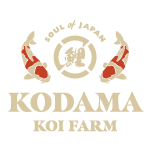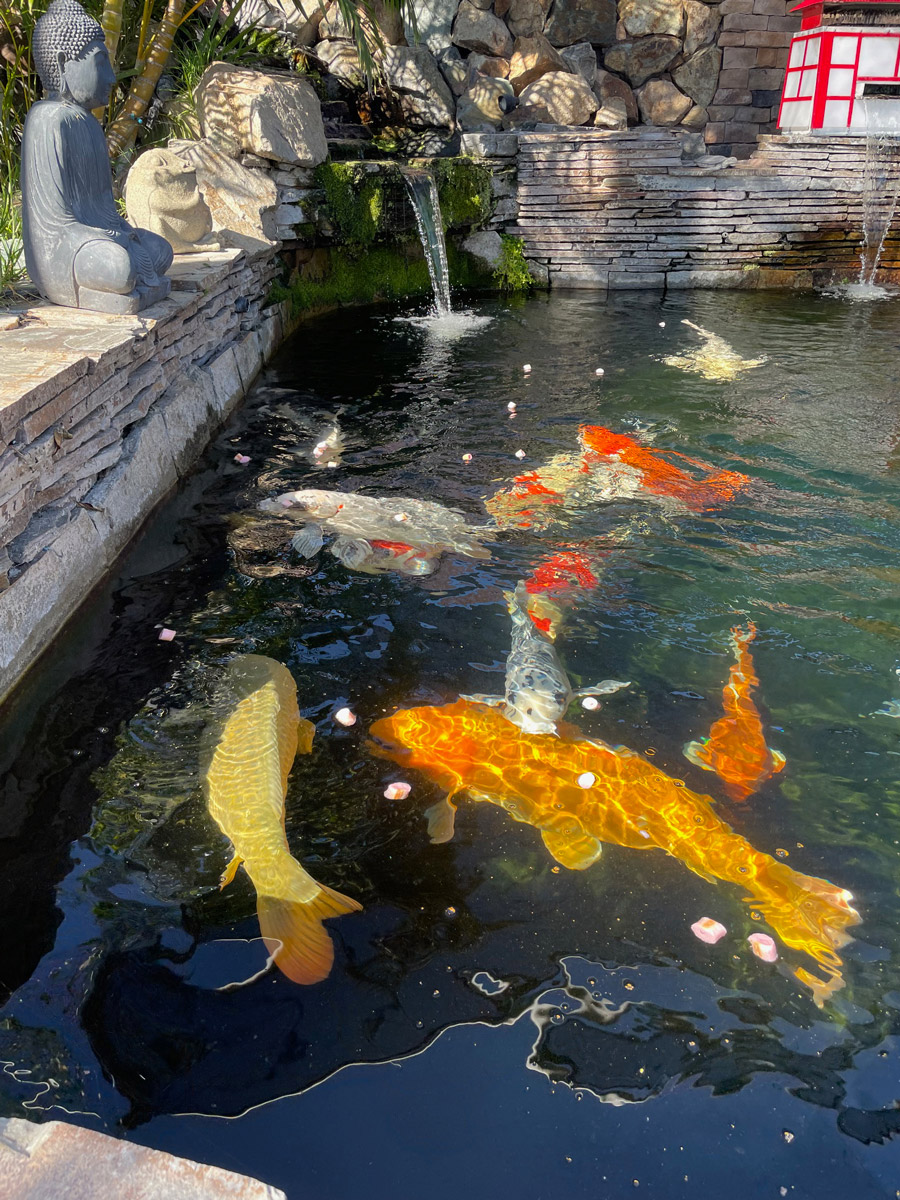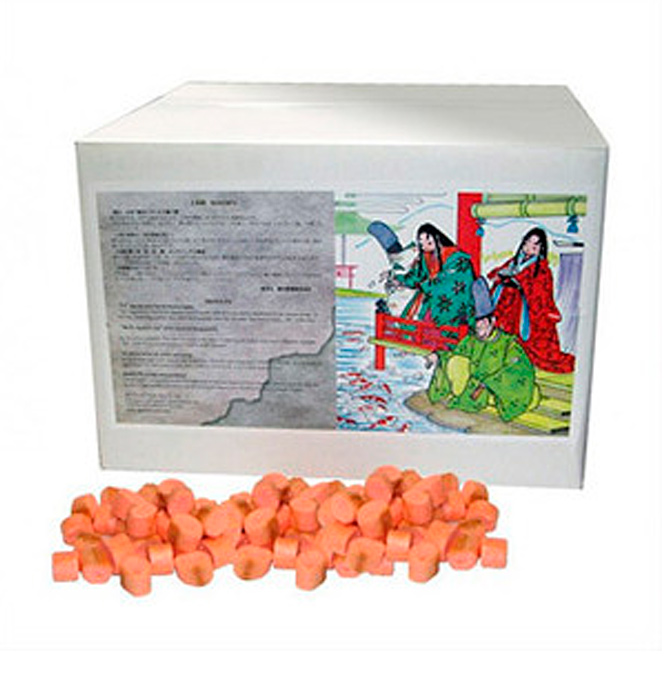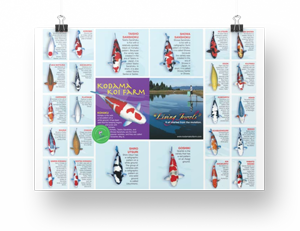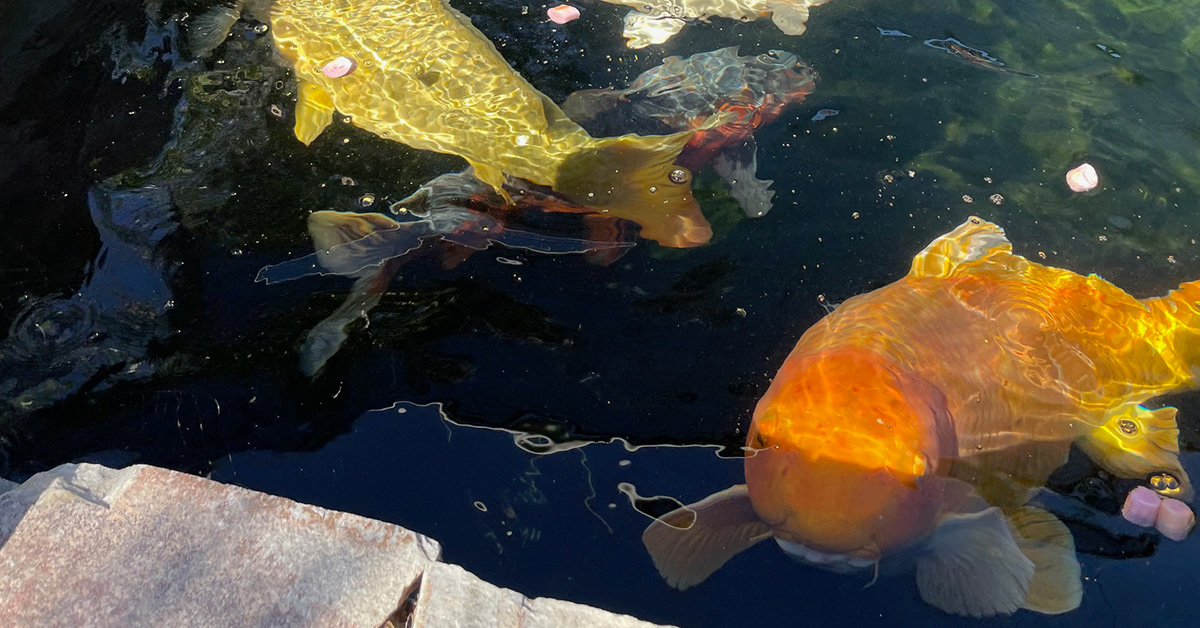
Meet John, a 30 Year Koi and Exotic Aquatics Veteran
We had the pleasure of speaking with Mr. Svelan about his ideas on koi and koi/pond health. We were thankful for his callback after he finished releasing some butterflies he just raised.
John Svelan, a member of The San Diego Koi Club for over 20 years, has kept koi and other exotic aquatics for over 30 years. Although he has never entered his own koi, he enjoys attending Koi Shows – which is how he’d become acquainted with Taro, and watching the competions.
As a youngster, his mother had an aquarium with guppies and varieties of tropical fish, imparting upon him a love and appreciation for our finned friends. As he grew older and purchased his own home, he saw how some of his neighbors kept beautiful koi in their yards and he decided to build his first pond. It wasn’t long before his collection outgrew their space and he needed to build a larger pond!
Currently, John’s roughly 21 living jewels reside in a 5000 gallon pond, using a gravity filter built by Mr. Ben Plonsky of Laguna Koi. When asked if he has any favorites in his pond, he said there’s “about 3 or 4 who are really friendly and come up to him”, and there is a really nice Chagoi! As for a favorite variety altogether? He prefers the gracious Kujyaku.
He feeds his koi Manda Fu all year round. Their diets also consist of Mr. Kodama, Nijukawa, and Ultra Balance.
Manda Fu “Koi Treats”
We add a popular Japanese health supplement, Manda Nishiki, to improve health and the lustrous color of your koi all while feeding them from the palm of your hand. If you enjoy the time spent feeding and petting your koi, you will want to have Manda Fu on hand year round.
With the best digestion rate of 98.2%, Manda Fu is the most suitable koi food for autumn, winter and spring. You can feed your koi Manda Fu even when the water temperature drops as low as 45F to 50F degrees.
I asked John what he thought was most important when it came to pond and koi health. His response – I found it to be spot on!
Water quality is the most important thing. 70% of all problems are water related. Maintaining a good environment – doing your due diligence, monitoring your water quality, never over feeding. A lot of people want to feed 2 to 3 big meals a day, but if you feed several small meals per day, you can avoid food waste in your skimmer, at the bottom of your pond, as well as reducing unwanted pathogens – bad bacterias and parasites! Any open sore or missing scales on your koi can be exposed. Also, a lot of people like to put rocks at the bottom of their ponds. The best koi pond has a smooth bottom so that they can be easily cleaned.
For Mr. Svelan, the most rewarding part of koi keeping is the tranquility from simply observing your koi.
Although he enjoys koi shows and respects the competitive nature of showing your koi, he’s not willing to risk his koi in transport due to witnessing many transportation accidents. Instead, he looks at his living jewels as friends that he gets to peacefully enjoy, care for, and admire.
He has some advice for up and coming koi hobbyist and enthusiasts:
“Do your research and due diligence before you even think about building a pond. Join a Koi Club! Go to Koi Shows! Talk to other Koi Keepers! Find the smartest guy or girl in the room!”
